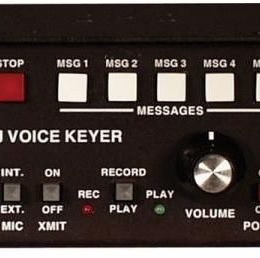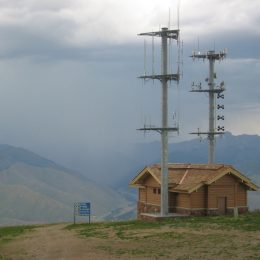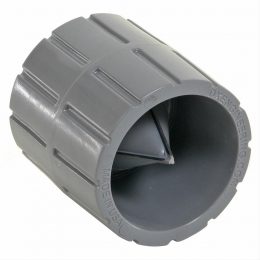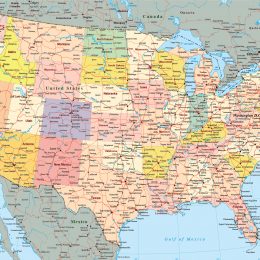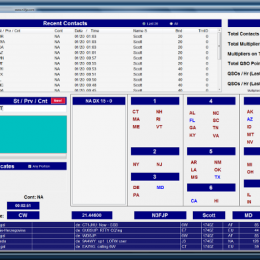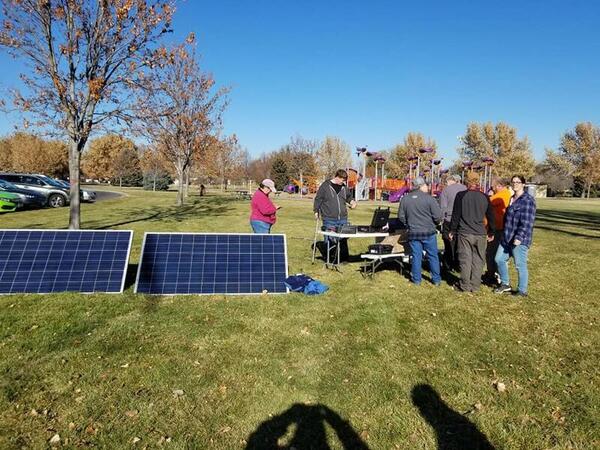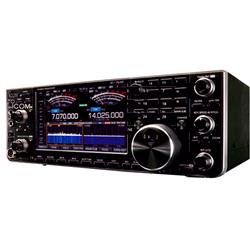Technical Articles
In Part 1 of our series on low-powering contesting, we looked at the basic equipment you’ll need. Today, let’s touch on a few tips on competing, contest resources, and opportunities […]
Events / Photo Galleries
Every month, DX Engineering features QSL cards from our team members’ personal collections. To highlight upcoming DXpeditions, we’ll be displaying a few of our favorite cards along with details about […]
HAM Radio 101
An operating technique where one asks over the air for a station that is a multiplier (e.g., a new country, state or section) to move (QSY) to a different band […]
HAM Radio 101
Here are a few pieces of advice on repeater etiquette that bear repeating from John Devoldere, ON4UN, and Mark Demeuleneere, ON4WW, who wrote “Ethics and Operating Procedures for the Radio […]
HAM Radio 101
In today’s Word of the Day entry, we tackle QRV—one of early radio’s Q-Signals. These abbreviations beginning with the letter Q were used by operators to save time and simplify […]
Products & Product Reviews
To deburr or not to deburr? Any Ham Radio do-it-yourselfer who has suffered a painful cut while working with machined metal or plastic tubing knows there can only be one […]
HAM Radio 101
If you’re fairly new to Ham Radio and want to get involved in long-distance operating (DXing), before you decide to “work the world,” why not try to “work all states” […]
Technical Articles
Field Day was fun, wasn’t it? Maybe you’re thinking, “I can do that from home!” And so you can—this discussion is about how to have some success with a modest […]
HAM Radio 101
Fox hunting, also known as transmitter hunting, is a fun and challenging part of Amateur Radio that not only gets you out of the shack, but can help you hone […]
HAM Radio 101
Computer code that controls a device. The code is generally resident in a chip, and can be updated using whatever communications protocols are set up for this purpose. Many devices […]

